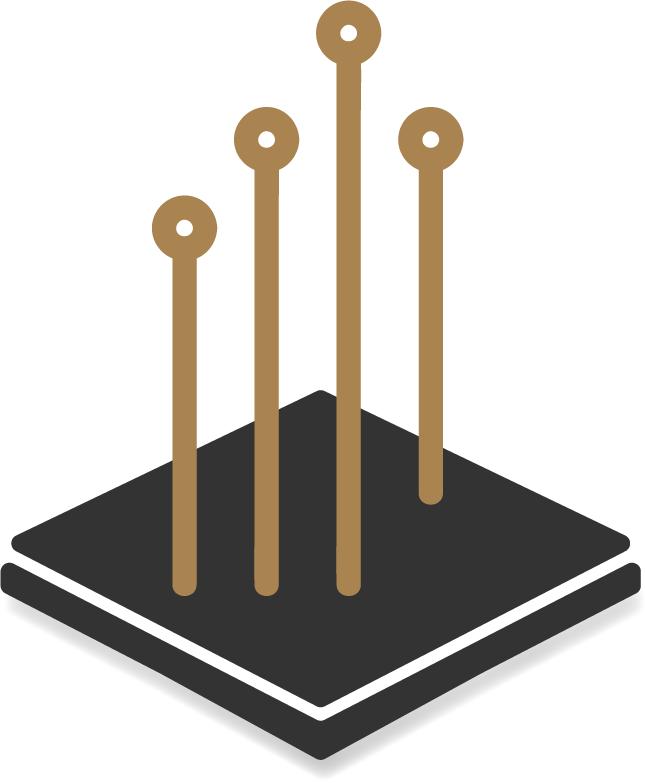Ep 2. The pcb assembly process
On this episode, Chris Denney gives us an overview of the assembly process, everything that happens after you place an order until when your boards are shipped.
Show outline:
We discuss the difference between placing an order at Worthington vs CircuitHub.
The three first steps happen in conjunction: Gerber data is submitted to begin board fab, the BOM is verified and purchased, the Gerber data and XY data is used to program the machines that will be assembling the boards.
These first three steps typically begin within the first 24 hours of submitting an order.
The board fab shop does a CAM process that verifies that your design is actually manufacturable.
The fab shop will send us an array file, which has the individualized design panelized that allows us to assemble the design automatically via machines.
The array data is used to program the stencil printer, pick and place machine, selective solder machine and AOI machine.
The BOM is purchased only from authorized distributors and customers send us any consigned parts.
After the parts come in they go through a kitting process.
Once the parts, bare boards and stencil are kitted they are released to the floor to be assembled.
The surface mount team loads the job onto the pick and place machine feeders.
Wet, tacky solder paste is printed onto the boards using the stencil.
The boards and parts are loaded onto the pick and place machine where the vacuum tools on the machine will suck up the parts and place them onto the machine.
Solid solder joints are created by running the board panels through a reflow oven.
The boards then go through AOI (automated optical inspection) which determines whether the parts are there and if they are placed correctly.
If a board is double sided it repeats the whole process.
Through hole parts gets inserted by hand and soldered using a selective solder machine or by hand.
The boards are inspected by humans.
The boards are de-panelized into individual boards.
The boards are wrapped in ESD safe bubble wrap and ESD shielded bags and then shipped.
We've shipped to every continent except Antarctica!
You finally get your boards!
What topics are listeners most interested in learning more about?
On the next episode we'll be talking to Brett from Worthington to talk about part purchasing.
